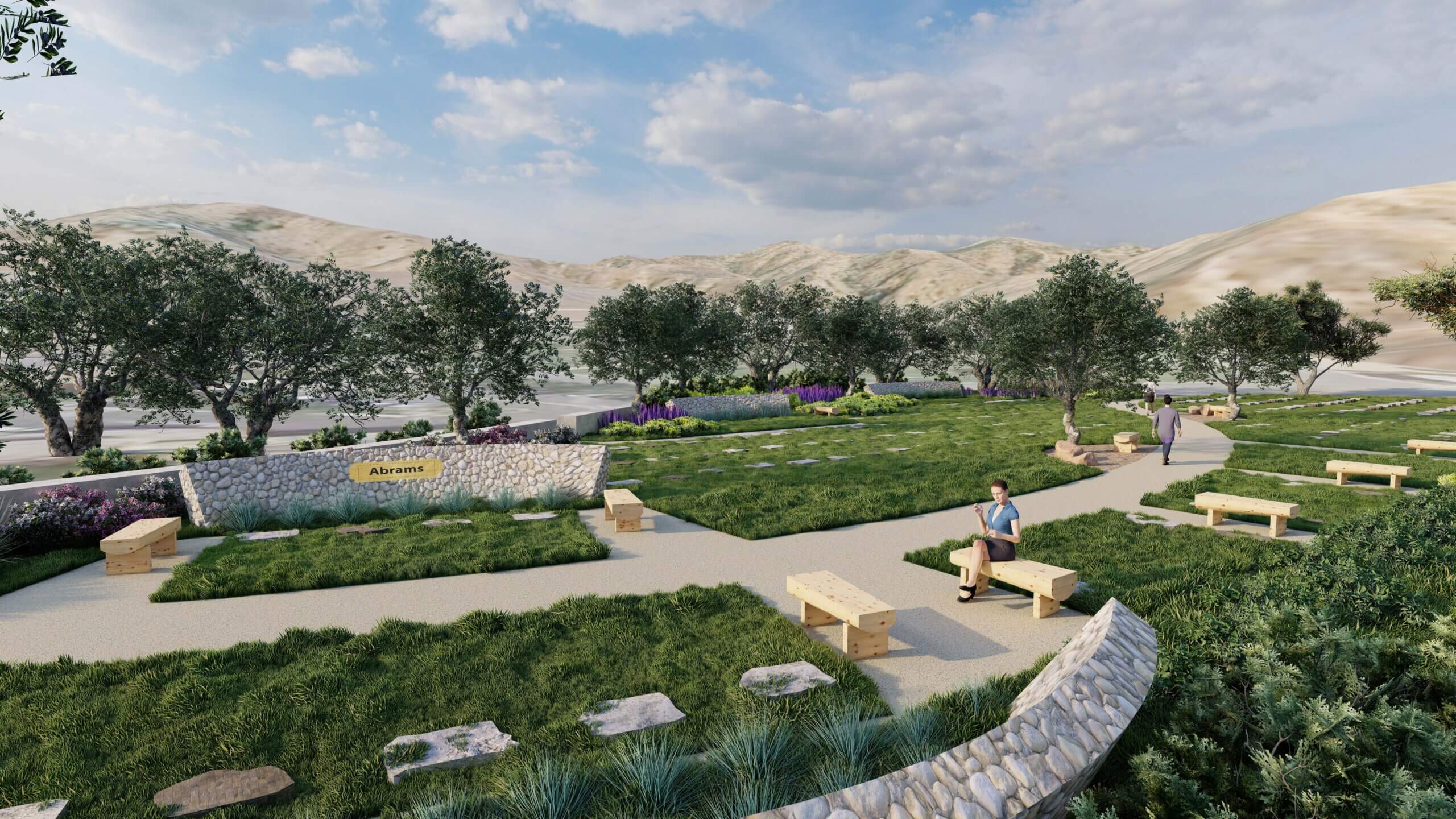Green Burial Landscaping: Eco-Friendly Resting Places

Green Burial Landscaping: Eco-Friendly Resting Places
The concept of green burial landscaping is gaining momentum as individuals increasingly seek environmentally sustainable alternatives to traditional burial practices. This article explores the various aspects of green burial landscaping, shedding light on its environmental benefits and the unique features that make it a compelling choice for those who wish to leave a minimal ecological footprint.
The Essence of Green Burial
Green burial goes beyond the conventional burial methods, focusing on simplicity and natural integration. In these eco-friendly resting places, the emphasis is on preserving and restoring the environment. Unlike traditional cemeteries with manicured lawns and elaborate headstones, green burial sites blend seamlessly with the surrounding landscape, promoting a harmonious coexistence between the deceased and nature.
Biodiversity in Burial Grounds
One of the distinctive features of green burial landscaping is the promotion of biodiversity within burial grounds. Instead of sterile expanses of manicured grass, these sites encourage the growth of native plants and the creation of habitats for local wildlife. This not only enhances the ecological value of the area but also fosters a sense of natural beauty that appeals to those seeking a closer connection to the environment.
Biodegradable Caskets and Urns
A key element of green burial practices involves the use of biodegradable caskets and urns. Traditional burial often involves materials that take decades, if not centuries, to decompose. In contrast, green burials utilize eco-friendly alternatives made from materials like wicker, bamboo, or even recycled cardboard. This choice ensures a seamless integration into the natural surroundings, allowing the body to return to the earth more efficiently.
Natural Memorialization
Green burial sites often forgo traditional headstones in favor of natural memorialization options. Trees, shrubs, or engraved stones become the markers, creating a living tribute to the departed. This approach not only minimizes the environmental impact of traditional burial markers but also contributes to the overall aesthetics of the burial landscape.
Community Involvement and Conservation
Many green burial sites actively involve the community in conservation efforts. Local residents may participate in tree planting events, wildlife habitat restoration, or other ecological projects within the burial grounds. This engagement fosters a sense of community ownership and responsibility, making green burial sites integral parts of the local environmental and social fabric.
The Link to Aracatinet.com
In the pursuit of environmentally conscious choices, individuals exploring green burial landscaping can find valuable resources and information at Aracatinet.com. This website offers insights into green burial practices, eco-friendly memorial options, and connects like-minded individuals seeking sustainable alternatives for end-of-life arrangements.
Legal Considerations and Regulations
While the popularity of green burial is growing, there are still legal considerations and regulations to navigate. The acceptance and understanding of green burial practices vary by region, impacting the availability of suitable sites and the implementation of eco-friendly measures. It’s crucial for individuals considering green burial to be aware of and comply with local laws.
Cost Considerations and Accessibility
Another aspect to consider is the cost of green burial compared to traditional burial methods. While some green burial options may appear more cost-effective, the overall expenses can vary. Additionally, the accessibility of green burial sites may be limited in certain areas, influencing the feasibility of choosing this environmentally conscious approach.
The Future of End-of-Life Practices
As society becomes more environmentally aware, the future of end-of-life practices is likely to see an increased interest in green burial landscaping. The combination of ecological sustainability, natural beauty, and community involvement makes green burial a compelling option for those seeking a final resting place that aligns with their environmental values.
In conclusion, green burial landscaping offers a holistic and environmentally conscious approach to end-of-life arrangements. From promoting biodiversity to using biodegradable materials, these eco-friendly practices contribute to a more sustainable and interconnected relationship between life and nature. As individuals explore alternatives to traditional burial, green burial landscaping emerges as a promising choice that not only honors the departed but also nurtures the planet for future generations.
